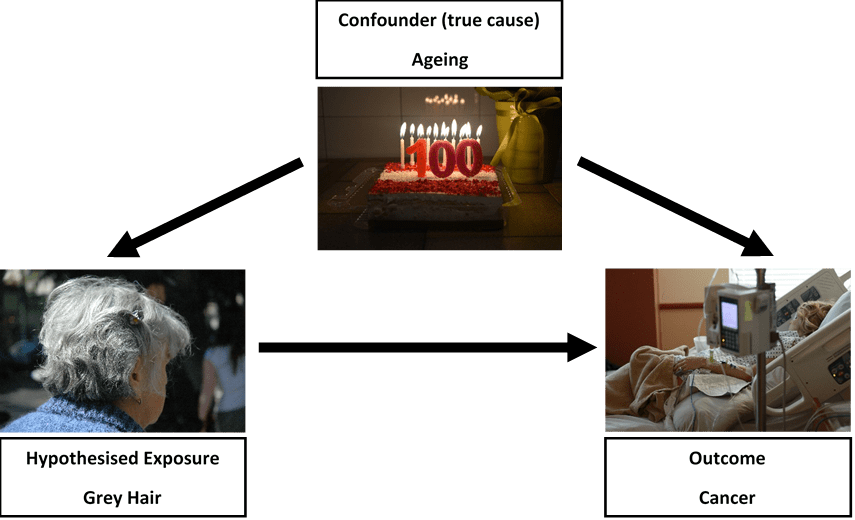 On World No Tobacco Day, PhD researcher Jasmine Khouja outlines the evidence around e-cigarettes.
On World No Tobacco Day, PhD researcher Jasmine Khouja outlines the evidence around e-cigarettes.
There are an estimated 3.2 million e-cigarette users in Great Britain, and the majority of users have switched from smoking to vaping in search of a less harmful alternative to help them quit. In a recent study, people who used e-cigarettes to quit smoking were more likely to be smoke-free after one year compared to people who used more traditional methods such as nicotine patches. So, why are some smokers reluctant to try e-cigarettes, and why have some people been unable to quit smoking using them? The media, researchers, public health officials, and the general public have all played a role in discouraging some smokers from vaping.
E-cigarettes in the media
As a researcher in the field of e-cigarette use, I have often looked at news articles about vaping and felt exasperated. We frequently see e-cigarettes portrayed as a harmful option; according to many news articles, e-cigarettes are dangerous, lead to heart attacks and are as bad for your lungs as cigarettes. The same news outlets often report the opposite finding and say e-cigarettes are actually better for you. This flip-flopping leaves smokers confused and could discourage them from trying e-cigarettes for fear that vaping is actually more harmful than smoking.
Science in the media
So, why do the media keep switching their stance on e-cigarettes? They’re getting their information from the research community, and this community is divided. Some researchers claim that the costs of unknown health risks of vaping and the popularity of e-cigarettes among children and adolescents outweigh the potential benefits of helping smokers to quit, and others claim vice versa.
As researchers, we should be impartial and only provide the public with information which we can back up with evidence from our research, but, as we are still human, our opinions tend to seep through into how we report our findings and even what we choose to research. This lack of agreement in the research community is fuelling the media’s flip-flopping , leading to public confusion and reluctance to try e-cigarettes to help them quit smoking.
Public attitudes to vaping
With all of this contrasting information, it’s no wonder the general public’s opinion of vaping seems to be split too. Negative public opinion can have an impact on whether a smoker wants to try an e-cigarette. Quitting smoking isn’t easy; the last thing smokers want is to feel judged when they are trying to quit.
Negative public attitudes to vaping could put smokers off trying vaping but also affects where they can vape. Many businesses include e-cigarettes in their smoke free policies so that vapers have to stand outside with smokers. When trying to quit, it’s not ideal to be surrounded by the very thing you’re trying to wean yourself off. It’s like being on a diet and spending every meal at an all you can eat buffet when all you can eat is a salad; it’s tempting to slip into old habits. So, despite there being no indoor vaping ban (as there is with cigarettes), vapers are forced outside into a situation where they are more likely to start smoking again.
Unintended consequences of policy
It’s not just organisational policies attempting to control e-cigarette use; in 2016, a legislation called the Tobacco Products Directive (TPD) added a section on e-cigarettes in an attempt to regulate the devices. There were a number of unpopular changes to e-cigarette products as a result. Changes to the amount of nicotine allowed in products and restrictions on innovation of new products may have had unintended consequences.
With the introduction of the TPD, a limit was set on how much nicotine a vape product could contain. Nicotine is the key ingredient in cigarettes which keeps people smoking, and although it is highly addictive, nicotine is not the cigarette ingredient which is likely to kill smokers. E-cigarettes help people to quit smoking because they can contain nicotine which satisfies smokers cravings while exposing them to fewer toxins than smoking would. Limiting the amount of nicotine in these products means that heavier smokers don’t receive enough nicotine from an e-cigarette to satisfy their nicotine addiction and this makes them more likely to start smoking again.
The TPD also requires companies to register products in advance of bringing them to market. Where the e-cigarette industry was creating new, more effective devices at a very fast pace, users now can’t buy these products for a substantial amount of time after they have been developed. This restriction on innovation means that while consumers are waiting for these better products to become available, they could be trying products that don’t meet their needs. I often hear tales of “I tried one once and it was just like puffing air, so I kept smoking instead”. They have tried one product, it wasn’t good enough, and they assume all other products will be just as bad. By restricting innovation, we limit the amount of better-quality devices on the market and increase the likelihood that a smoker looking to quit will come across a poor device and turn back to smoking.
Making it easy to stop smoking
Many smokers want to quit and we, as researchers, media representatives, public health officials and even members of the public, need to make it as easy as possible for them to do so. We need to be clearer in the information we provide, be more accepting of vaping and not limit products which could help the most addicted smokers. I still have hope that smoking will be stubbed out in my generation, and that e-cigarettes could be the disruptive technology needed to help us achieve this.







